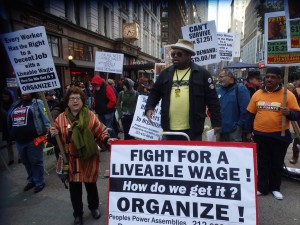We’re sure many wonder just how people get rich: tenacity. That’s the only way we can describe it. It all boils down to how you buy a candy bar for a buck and then sell it for two bucks. Simple as that. Increase the scale as high as you want to go, and you have a major money maker on your hands. That’s why selling homes can be a lucrative business, especially when you involve crowdfunding, but even more so, you save a ton of money on your taxes offsetting real estate capital gains or losses with this:
The 1031 Exchange: Investing Your Business in Something Bigger
How so? How does this work? Simply put, a 1031 Exchange in the IRS Code allows any real estate investor the ability to sell a property, take a profit, and then defer capital gains or losses provided the proceeds go to a reinvestment in a new similar used building. Think of house flipping, for instance.
Not all real estate transactions will actually apply to the 1031 Exchange, though; the property you’re reinvesting into would have to be utilized for trade, business or investment. In other words, if you’re living in a house, and then sell it to a buyer, you can’t use your earnings on it to buy another house to live in and then save on the sales taxes you’ll have to pay anyway. It would strictly have to be on the corporate side — a little something aside from the tax write-offs, say, real estate professionals can take advantage of.
So think of a house of cards, getting bigger and bigger. It’s kind of like that idea. Buy a building for, say, $150K and then turn around, sell it for $200K (you’ve just made $50K in profit). You’d have to pay taxes on the profit itself unless you take your entire $200K and invest in another property. This tax benefit often works quite well for house flippers for obvious reasons, but you get the picture. Keep reinvesting on more and more buildings, and you’ll continually make more and more profit over time while saving on your taxes. That’s the idea anyway.
Learn More About Tax Shelters and Sign Up With ITPN Immediately
And that’s just one way to maximize your taxes and take advantage of the many possible credits you can obtain. Click here to learn about other ways to increase that tax refund. Are you ready to file that tax return? Sign up with the Income Tax Planning Network and get started today.
Share
Follow Us!






 specifics might actually shock you, but we’ve broken it down to four verticals for your to keep in mind, but as always,
specifics might actually shock you, but we’ve broken it down to four verticals for your to keep in mind, but as always, 
